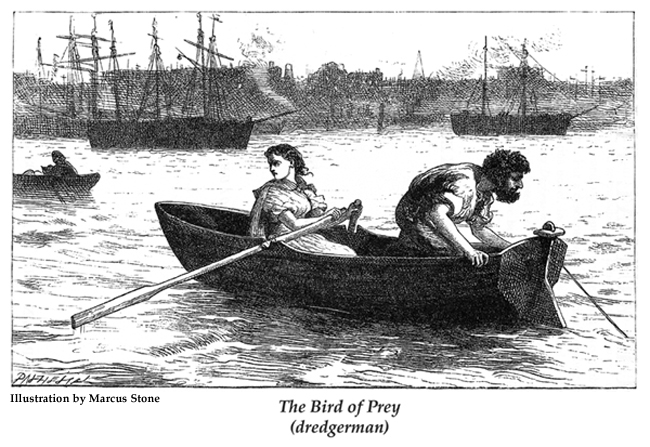The above engraving is entitled "The Bird of Prey". However,
dredgermen, by removing dead bodies from the Thames, the
water supply of London, actually performed an public health
function, and may have helped to prevent cholera, typhus, the
plague, and other water-borne diseases. (By removing dead bodies,
dredgermen also reduced the number of rats.)


 Website Terms of Use
Website Terms of Use